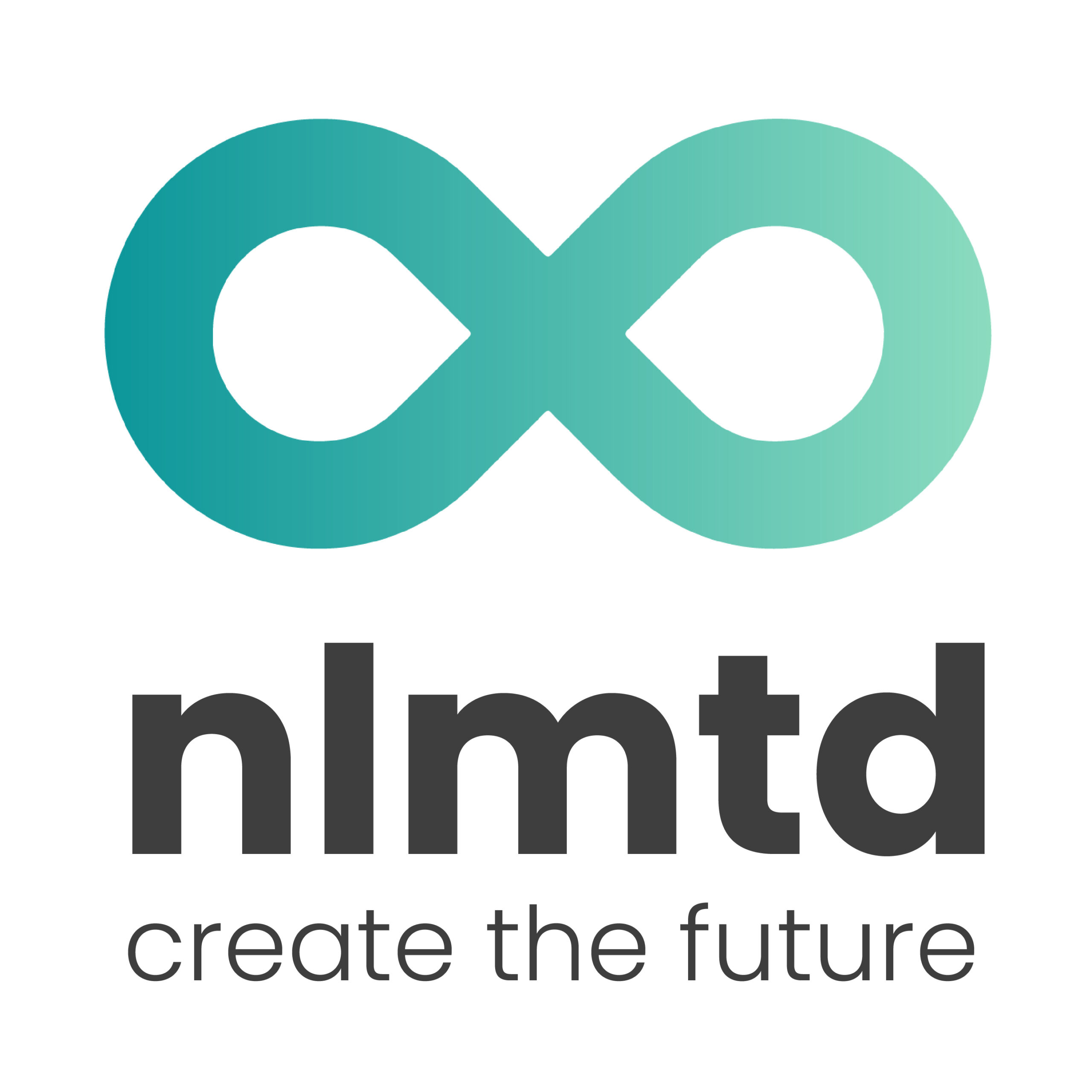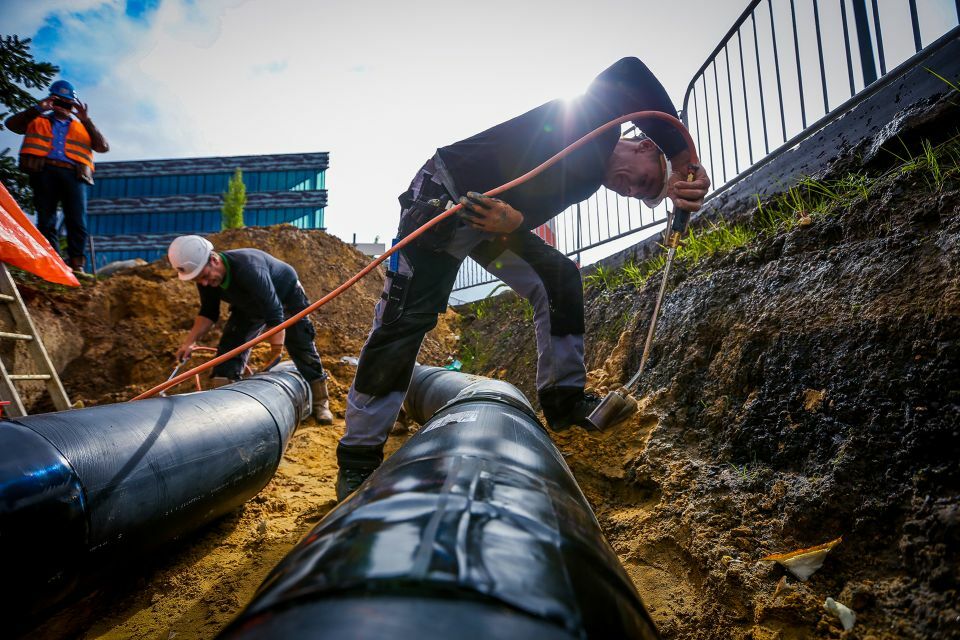Tom Maes
Co-founder nlmtd
Tom Maes is the founder of nlmtd and an expert in developing and implementing strategies. He has extensive experience as a consultant and (program) manager. Tom combines his expertise with a background in entrepreneurship, taking an approach that emphasizes connection, focus, and speed.
Share this article
In collaboration with Change Inc., the platform for leaders of the sustainable transition, we are joining forces to inspire and guide organizations from idea to impact. We introduce Change Inc. LABS!
In the Netherlands, collective district heating systems are recognized as a promising alternative to natural gas, particularly in urban areas. However, we are facing challenges with their implementation. The costs are high, and public support is notably low. In contrast, Denmark has successfully connected nearly 70% of households to a district heating network. It’s important for us to examine the approaches taken by our neighbors.

Denmark is recognized worldwide as a leader in the construction of district heating networks. This development can be traced back to the oil crisis of the 1970s, which served as a wake-up call for the Danish government. Since then, Denmark has deliberately focused on collective heat supply to reduce its dependence on fossil fuel imports.
Currently, the number of connections to district heating systems increases by about 35,000 each year. If this trend continues, around 80% of homes in Denmark are expected to be heated through these networks by 2030. In contrast, the Netherlands currently has only about 6% of its homes connected to district heating. However, the Dutch government aims to connect at least a quarter of households by 2050, when the Netherlands is expected to achieve climate neutrality.
This ambitious goal requires the annual addition of at least 100,000 connections, a target that is currently far from being met.
Study trip to Denmark
Last year, a group of Dutch administrators, energy companies, and public organizations traveled across the North Sea with a specific mission: to learn from Denmark. What was their secret to success? One key factor is evident: Denmark got started early.
Jeroen Sanders, the Chief Transition Officer at Enexis and spokesperson for all network operators on this issue, explains, “For a long time, the focus in the Netherlands was on central heating boilers, largely due to the Groningen gas field. In contrast, Denmark chose a different path. For over 50 years, they have invested in collective district heating networks, which have resulted in a mature market and widespread public acceptance.”
A maximum profit percentage
After the study trip, nlmtd produced an advisory report on the Danish model of district heating. A key distinction is that in Denmark, district heating networks operate as non-profit entities. Municipalities and cooperatives are prohibited from making a profit on the supply of heat; all revenue generated is reinvested to maintain the system and keep it affordable. In contrast, the situation in the Netherlands is different. Aside from network operators, the energy supply has largely been left to free market players, who are expected to generate profits. “That was a political choice,” explains Sanders. However, some regulations are now in place in the Netherlands. The Netherlands Authority for Consumers and Markets (ACM) can conduct profitability assessments on existing heat suppliers.
Importance of support
Support is one of the most crucial factors for successfully developing district heating networks, a fact well-established in Denmark. International research indicates that Danes have the highest level of public appreciation for district heating networks among all European residents. In contrast, the Netherlands ranks near the bottom in this regard.
In Denmark, district heating networks are integrated into daily life. People understand their benefits, participate in decision-making, and can see that the systems function effectively. However, in the Netherlands, that level of trust is often lacking. Residents express concerns about being informed too late or feeling pressured to participate, often facing the ultimatum: join in or be left out.
“Rob Jetten, the former Minister for Climate and Energy, proposed the Collective Heat Act to Parliament last year. This act stipulates that at least 51% of a district heating network must be owned by public entities in the future, which could enhance trust among citizens,” explains Sanders. The Netherlands Environmental Assessment Agency (PBL) reached a similar conclusion in a significant report last year regarding the transition to gas-free residential areas. Parliament is set to debate this before the summer recess.
Heat and electricity in one installation
What else stands out? Danish energy networks often utilize residual heat, biomass, or even their own wind turbines. In contrast to the Netherlands, fossil fuels play a very limited role in district heating networks. “Moreover, they combine heat and electricity in one installation, known as CHP (combined heat and power), often along with heat storage,” explains Sanders. “The profits from electricity sales are used to lower the heat price, and this system works surprisingly well. For example, these networks are less susceptible to market price fluctuations and can also contribute to providing flexible services within the energy system. This integrated approach, in my opinion, is a crucial lesson. Instead of viewing heat as a separate project, it should be considered as part of a much broader energy system.”
Favorable rates
Denmark has a notable advantage over the Netherlands in terms of financing for heating companies. Public credit institutions in Denmark offer low-cost loans with long repayment terms, up to 45 years, and remarkably low interest rates. This favorable financing scenario significantly benefits the business case for heating systems.
In contrast, the situation in the Netherlands is quite different. For example, district heating networks are typically depreciated over a period of just 20 years, resulting in much higher financing costs.
Longer depreciation periods, such as those in Denmark, help reduce annual costs for citizens. These savings are significant; on average, a Danish household pays several hundred euros less per year for heating compared to a family in the Netherlands. It’s clear that when citizens can save money, they often respond positively and with enthusiasm.
Lessons for the future
Tom Maes of nlmtd is co-author of the advisory report on the Danish district heating model. He identifies several key tasks for the government. “These tasks involve very large sums of money. Therefore, politicians should focus on creating a stable and transparent investment climate. This includes establishing connection obligations and affordable market standards for financing and regulation, which will help build trust among companies and citizens in the entire system. Additionally, market participants should broaden their profitability calculations beyond just the energy carrier heat, as Denmark does by considering the returns from electricity generated through combined heat and power (CHP) installations.” According to Maes, this approach makes the business case much more attractive. “Denmark demonstrates that district heating networks can be effective for both citizens and the climate, as long as they are part of a clear vision for the energy system. Without such a vision, Dutch district heating networks risk remaining stuck in well-intentioned proposals, political maneuvering, and missed opportunities.”





